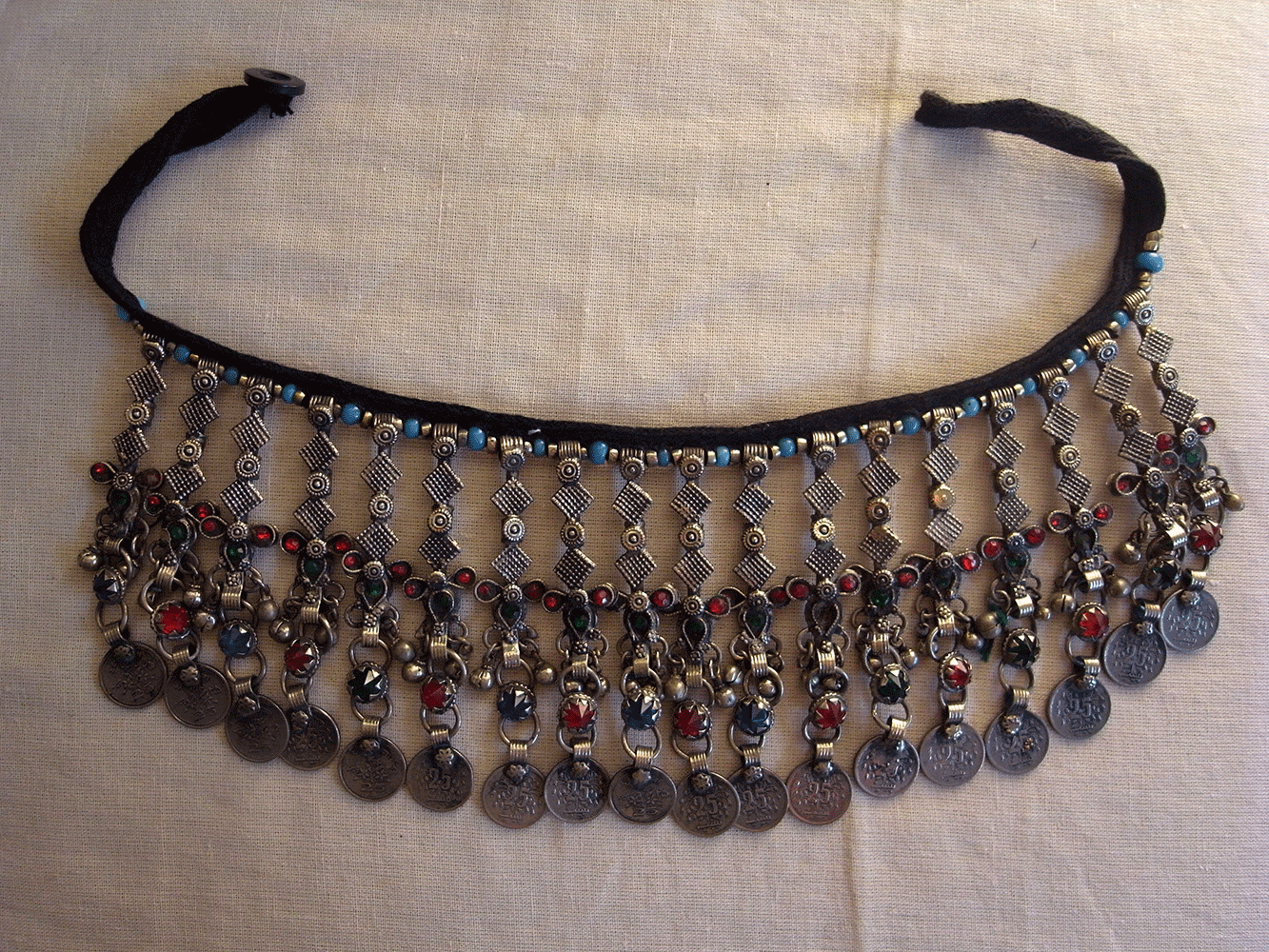JamunJamun handmade
tribal jewellery-Pakistan & Afghanistan
"Jamun Jamun"
Syzygium cumini-is an evergreen tropical tree in the flowering plant family Myrtaceae.
For me the words are reminiscent of street hawkers announcing their trade as they walked past my childhood home in Karachi. Jamun or the malabar plum heralds the arrival of the monsoon season in the Indian sub-continent. Mountain piles of the purplish black plums carted through the gullys conjure a poignant image of a country ravaged by years of political unrest. The timely appearance of the monsoon fruit metaphorically echoes the resiliant efforts of the myriad communities that form and build Pakistan today.
The nomadic Pashtoon people from the North Western Frontier Province in Pakistan are one such example. Many of whom are displaced from their mountain homes, have formed small settlements near the port city of Karachi, in order to sell their trade of hand-crafted and recycled jewellery.
The level of skill displayed is often undervalued because of the humble materials used by the impoverished communities. Polychromatic resin or glasstones, turquoise & lapiz reconstituted powdered pigment inlay on floral metal lacework, multi-coloured beadwork and embroidery set into mixed alloys of brass and nickel are deployed in making the joyful array of tribal jewellery.
A lot of my youth was spent rummaging through the infamous old market stalls of Zainab Market in Saddar, Karachi. It is like Aladdins cave to someone who loves the simple joy of the handmade. And it is from here that I began to collect pieces of singular and laboriously crafted jewellery. The bazaars in Karachi are the final leg in the land journey from the workshops in Kabul where each piece is handmade.Transported in sackloads the pieces are reassembled, reworked and "added to" along the route. The finished item is like the final chapter to a story collaborated on by many authors.


